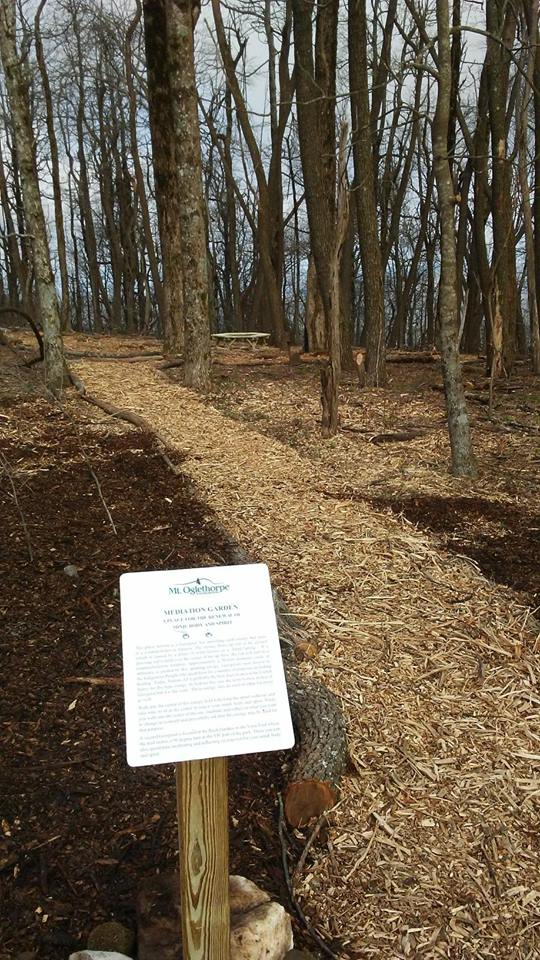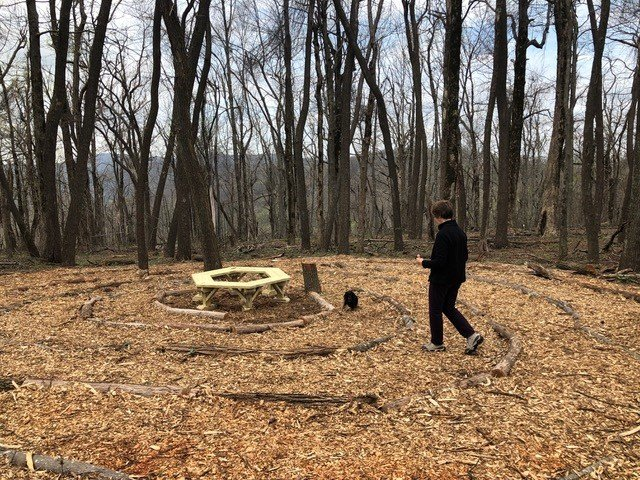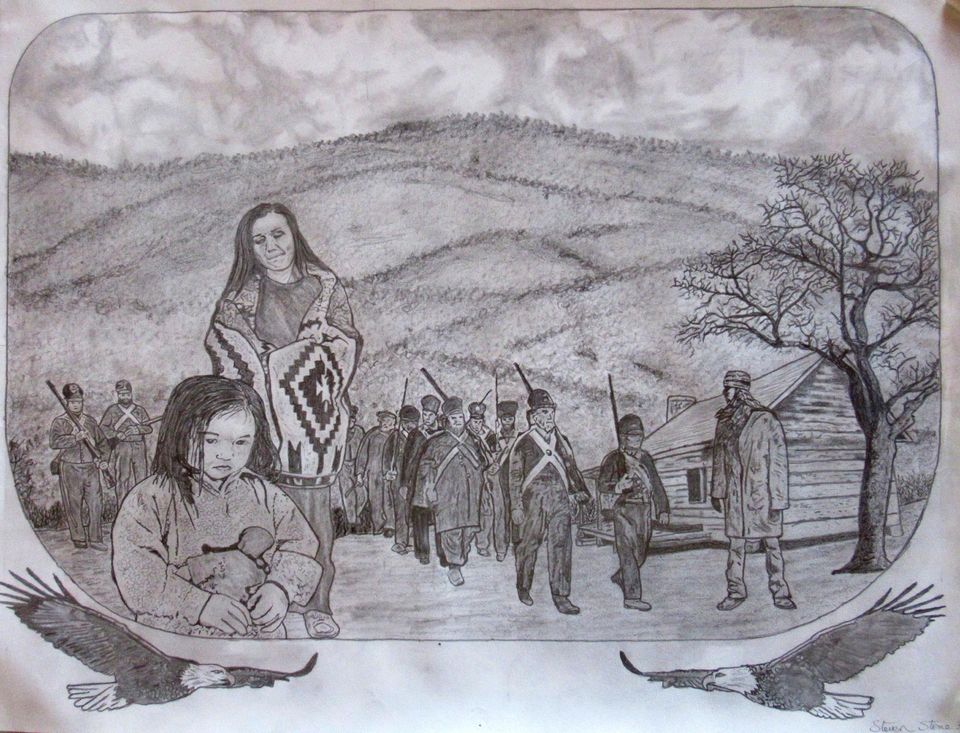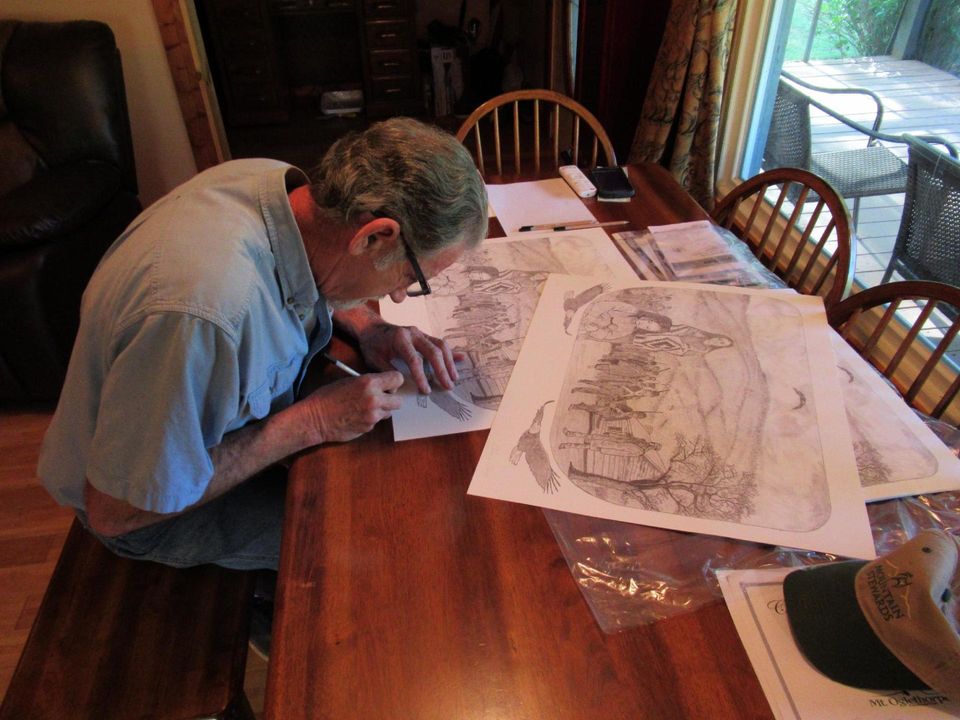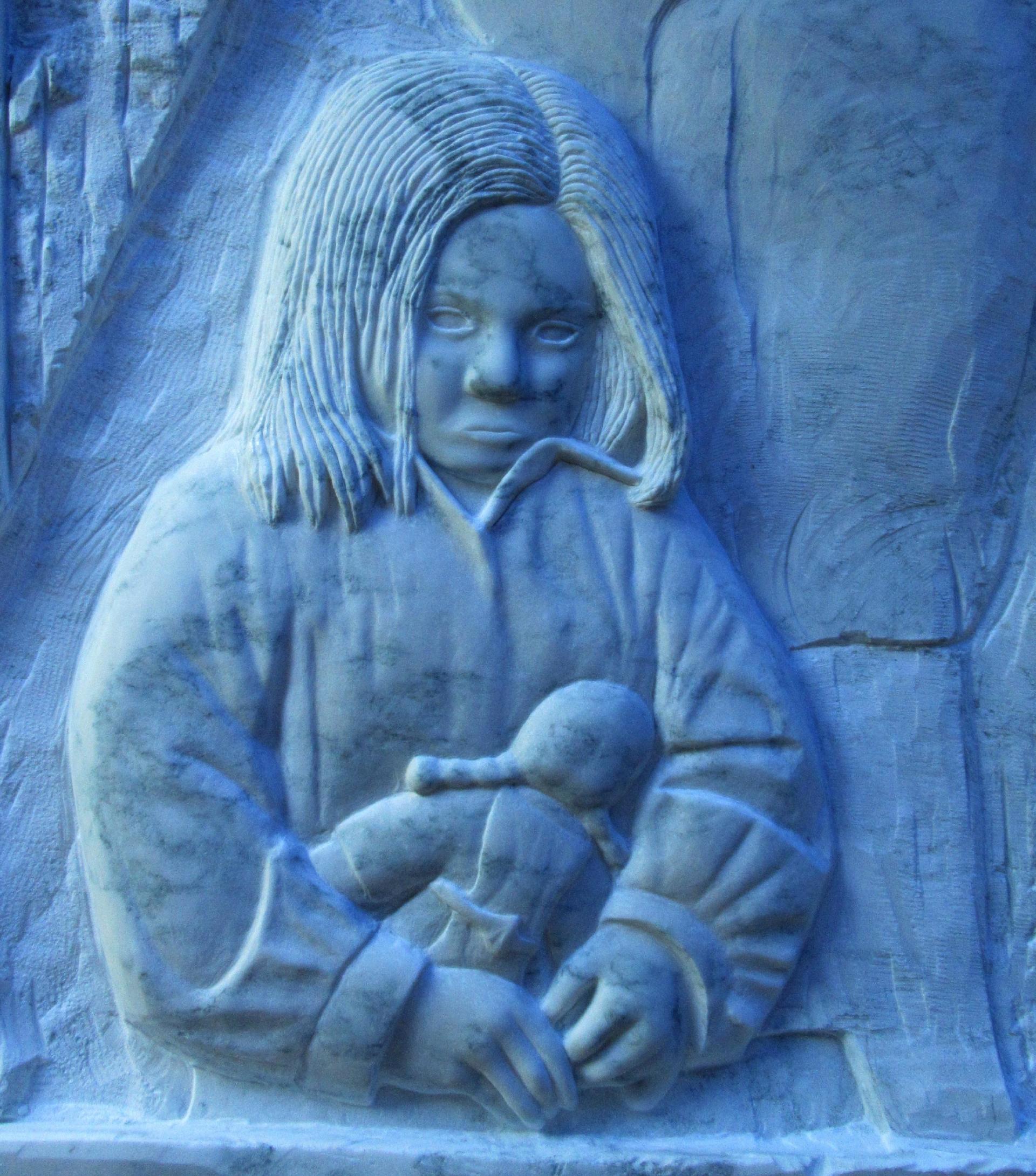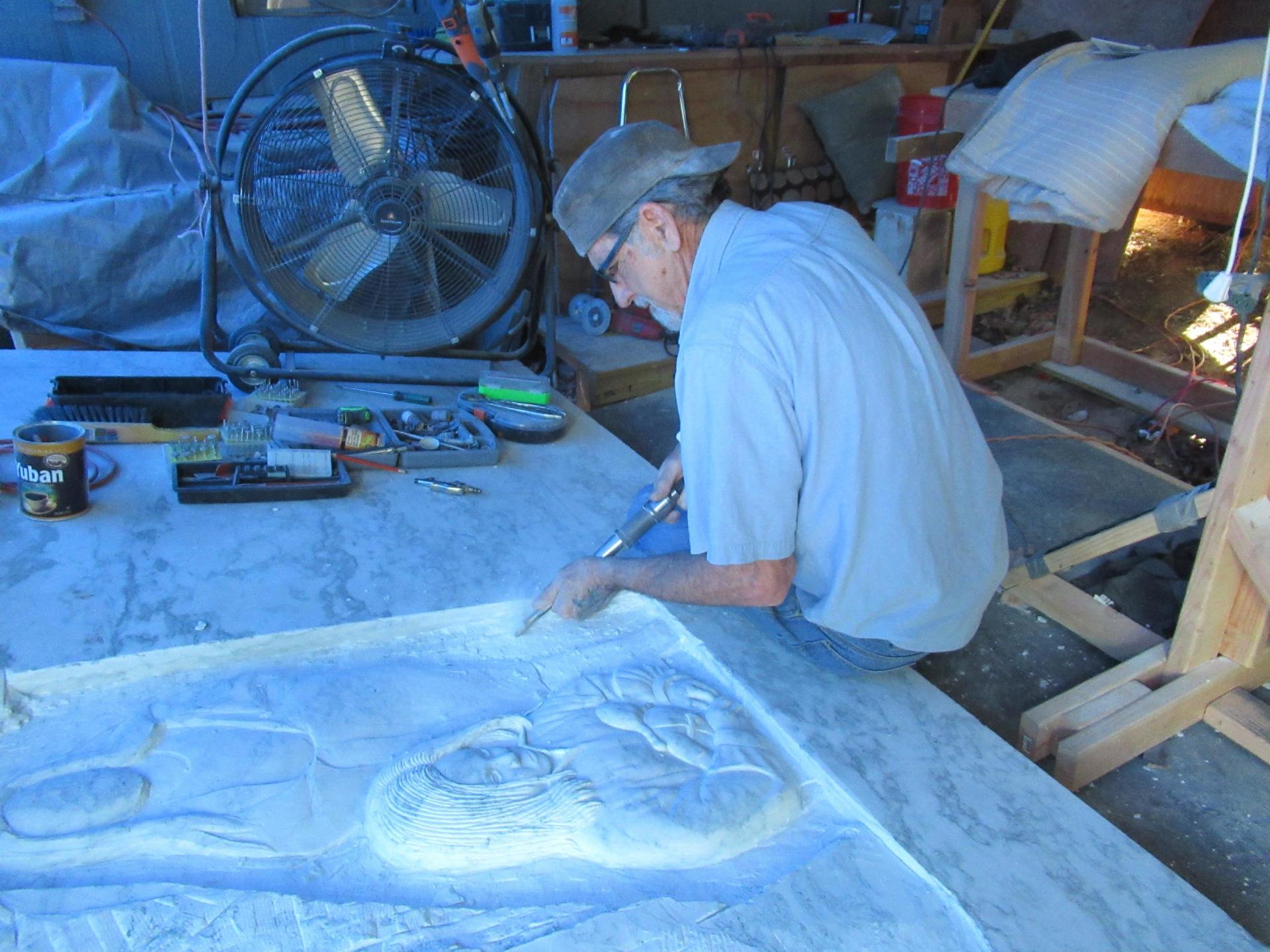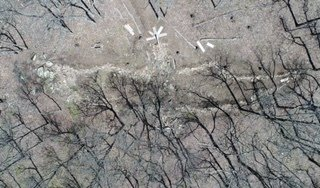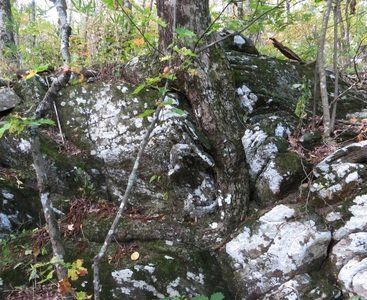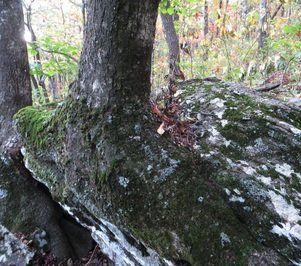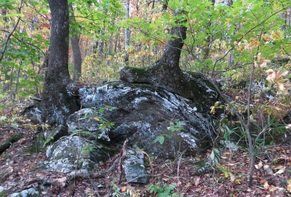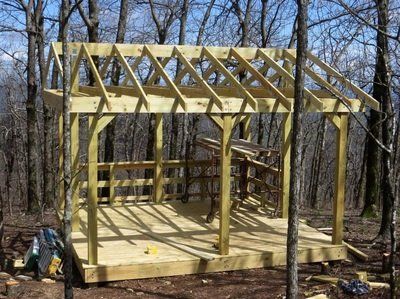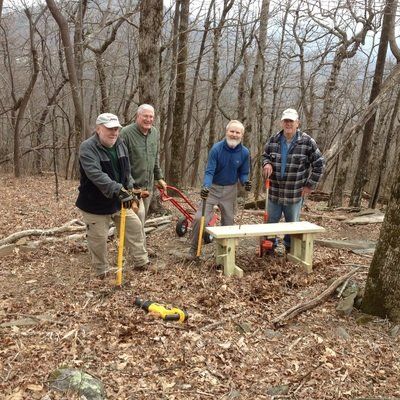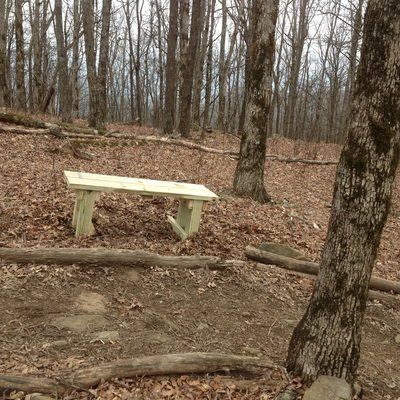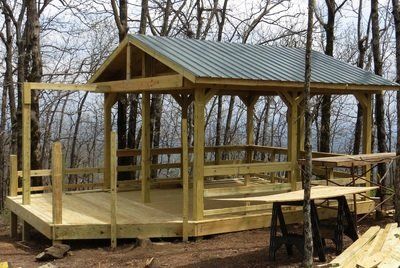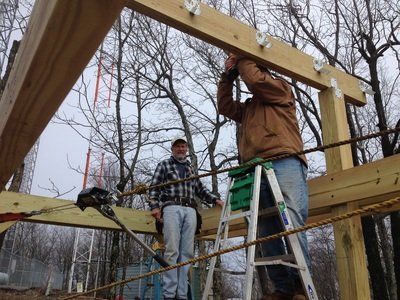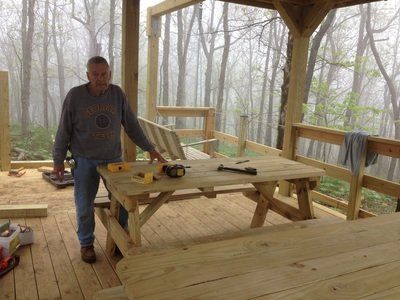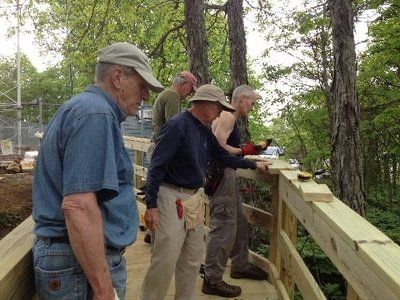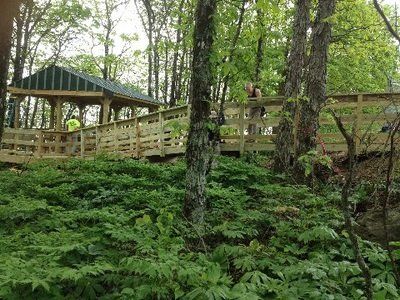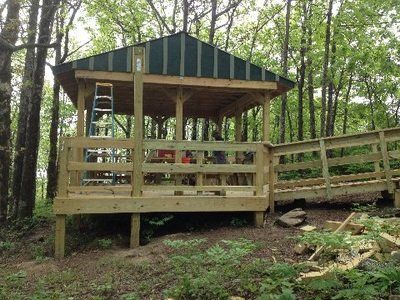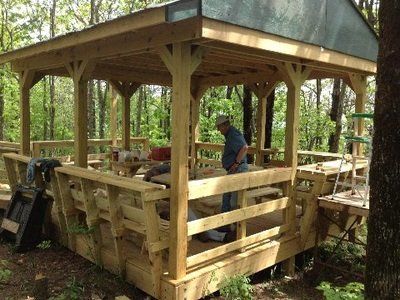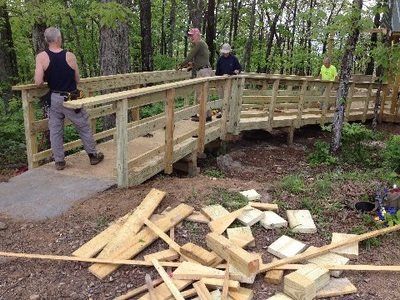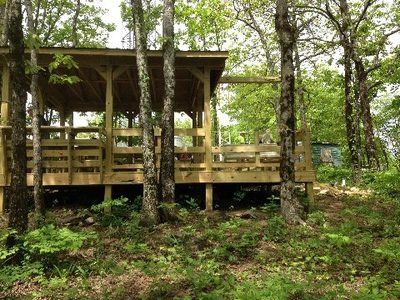Projects
Meditation Garden
A place for the renewal of mind, body, and spirit.
This place, known as a Geospiral,
has upwelling earth energy that spins in a counterclockwise rotation. The energy flows up out of the ground which is caused by a dome of water known as a “blind Spring.”. If a dowsing rod is held over the center of the up flow, the rod will turn in a counterclockwise rotation. Approximately a 70-foot diameter circle of influence is created by this spinning energy. Geospirals were known to the Indigenous People who used them for a number of purposes including healing. Today, Sedona AZ is probably the best -known area in the United States for this type of energy. In Sedona they use the term Vortex in lieu of Geospiral but it is the same. These energy sites do exist in other locations as well.
Walk into the center of this energy field following the spiral walkway and take time to sit at the center to renew your mind, body and spirit. While you walk into the center of the site, meditate and reflect on what you want to change in yourself and prayerfully ask that this energy may be used for that purpose.
A second Geospiral is located at the Rock Garden on the Vista Trail where the trail makes a 90 degree turn in the SW part of the park. There you can also spend time meditating and reflecting on renewal for your mind, body and spirit.
Trail of Tears Memorial Campaign
A memorial at Eagle’s Rest Park that will be hand-carved into a marble block.
Proposed Image to be carved into marble block:
Trail of Tears Memorial Being Added to Eagle’s Rest Park
Don & Diane Wells
The Mt. Oglethorpe Foundation in conjunction with the Mountain Stewards are pleased to announce the addition of a Trail of Tears Memorial to Eagle’s Rest Park later this fall.
It may seem odd that a Trail of Tears Memorial is being added to the top of Mt. Oglethorpe but there is a good reason. A number of Indians, both Cherokee and Creek, were marched across the top of the mountain in the summer of 1838 on their way to a temporary collection fort located near the current Waffle House in Ellijay, GA. The Indians remained a short while at this fort before being marched to Charleston, TN where they began the 835-mile journey to Oklahoma.
For many citizens of Pickens and Dawson Counties, the tragic events of the summer of 1838 when the Indians were forcibly removed from our area is “out of sight, out of mind.” Few know the history of the Indian occupation in North Georgia and little of this history is taught in our school system anymore. Further, what is taught about Indian cultural history is often wrong. Charles Mann in his national bestseller book, 1491, New Revelations of the Americas Before Columbus, published in 2005 quoted in his book a paragraph from the 1987 edition of American History: A Survey. This book used in our high schools stated, “For thousands of centuries - centuries in which human races were evolving, forming communities, and building the beginnings of national civilizations in Africa, Asia, and Europe - the continents we know as America stood empty of mankind and its works.
The story of Europeans in the New World is a story of the creation of a civilization where none existed.” Nothing can be further from the truth than this statement. Cahokia located near what is St. Louis today, had a population of over 15,000 in 1200 AD.
Indians of the Creek heritage moved in to what is now Georgia probably in early 1500. They formed a confederacy and forced other tribes existing in the area to join with them or leave. These included the Uchee, Yamasee, Apalachee, Apalachicola, Hitchiti, Coosa, Alabama, Tuskegee, Cusseta, Coweta and many more. The first known presence of Creeks in our area was located in what is now Big Canoe. Another village eventually located around the mid 1700’s at a branch of two creeks currently under Lake Petit. The village remained there until the late 1780’s when it suffered an outbreak of smallpox which killed many in the village. After the epidemic, the Creek moved further south.
Many Cherokees lived in the Lower Cherokee towns located in SC. Their villages and towns were burned in 1776 by Revolutionary War forces and they fled west and south. One group moved into the village previously occupied by the Creeks and remained there until the removal. A second village moved to the Big Canoe area in 1810 and was where Sconti Lake is now located. Creek villages were located where Bent Tree and Tate Mountain Estates are currently located.
When the United States became a country, the State of Georgia was doing all in its power to move the Indians from the state. They went to war with the Creek Nation over a sliver of land they tried to annex between the Ogeechee and Oconee Rivers. In North Georgia, gold was discovered in 1826. Soon after thousands of gold miners began insisting, they be allowed on Cherokee land and began to settle there without permission. On December 20, 1828 the state of Georgia, fearful that the United States would not force (as a matter of Federal policy) the removal of the Cherokee Nation tribal band from their historic lands in Georgia, enacted a series of laws which stripped the Cherokee of their rights under the laws of the state. Their intention was to force the Cherokee to leave the state. The Georgia legislature annulled the Cherokee constitution and ordered seizure of all Cherokee lands. In 1830, Congress passed the Indian Removal Act authorizing President Andrew Jackson to grant unsettled lands west of the Mississippi to the Indians in exchange for Indian lands within existing state borders.
The Cherokee Nation did not want to give up their lands and in 1832 fought for their rights in the US Supreme Court in Georgia vs Worchester. The Supreme Court declared the Cherokee Nation was sovereign and were subject to their own laws and not the State of Georgia. Nevertheless, the Cherokee territory was surveyed in 1832 and Land Lots of territory were given to Georgia citizens. Also, in 1832, a census of the Indians was conducted allegedly to determine how many existed. The primary reason was to map their location so they could be removed. In the summer of 1838, after a series of court cases, petitions, and treaties, the President of the U.S. ordered the U.S. Army to forcefully remove the Cherokee from Georgia. 7000 military and militia with guns and fixed bayonets removed the Indians. Many died on the trails to the collection forts and others died on the 835-mile journey to Oklahoma. It was a tragic time in US History.
How Can you Help to Remember this Event in Georgia History?
Donate to the Trail of Tear Memorial Fund to help pay for the monument currently being carved for placement at Eagle’s Rest Park this fall. Donations over $100 will receive a 12 x 16 artist quality print of the memorial. Donations over $250, will receive a 16 x 20 numbered print. Donations over $500 will receive a 20 x 24 numbered print. Persons donating over $1,000 will receive a 20 x 24 number print and have their name placed on the monument sign. Send you donations to: 10619 Big Canoe, Big Canoe, GA 30143.
Trail of Tears Memorial Campaign
Donation Amount Gift
Up to $99 None
$100 - $199 12 x 16 - Gicle’e Quality Print of Memorial
$250 - $499 16 x 20 - Gicle’e Quality Numbered Print
$500 - $999 20 x 24 Gicle’e Quality Numbered Print
$1,000 and over 20 x 24 Gicle’e Quality Numbered Print and name on the Memorial Sign
Moving the marble block to carving location:
Moving the massive block to workshop Actual section of carving in progress by Steve Steve Stone working on the carving
Hear a poem in Steve's own words and voice to bring to life his inspiration behind this project.
Stone Eagle
Visitors are encouraged to add stones to the outline of the Stone Eagle. By lay stones to help build the Stone Eagle, you will be adding your touch to the park.

